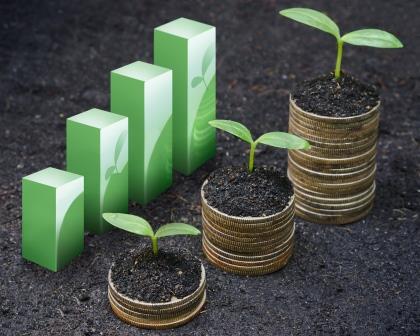Natural gas prices have climbed to their highest level in seven years in US NYMEX futures. Extreme weather in the US coupled with disruptions associated with hurricane Ida played a role in kickstarting the rally. Traders put fresh bets on the commodity as they anticipate a shortage this winter, amid a quick rebound in consumption from the pandemic slump last year.
Benchmark NYMEX futures have doubled since the start of the year. Prices held in a tight range in the first quarter but constantly gained traction on worries over sinking inventories and supply bottlenecks. A similar trend was witnessed in the domestic MCX futures also where prices surged to a high of Rs 462.30, its highest level last seen since July 2008.
Last year, global gas prices witnessed an unprecedented downturn to $1.59 per mmbtu, its weakest level since 1995, due to Covid-19 pandemic. A sharp cutback in drilling and capital investment across the industry caused a severe shortage in worldwide output. A rebound in consumption more quickly than production is creating conditions for a boom nowadays.
The United States is the world’s largest producer of natural gas. The pandemic-related lockdown and lower prices adversely hit the output from the country. In June 2020, US dry gas production slumped to 75 million cubic meters, down from a record 85 billion cubic meters in December 2019. The number of rigs targeting primarily gas-bearing formations was also slumped considerably during the period.
A drop in output resulted in a drop in US exports as well. The US exports almost 10 percent of its production. The major importers of US gas are South Korea, China, Japan, etc.
Lower global production caused the crumbling down of inventories in key consumers like the US and Europe. Gas storage in Europe is currently 16 per cent below the five-year average and it is at record low levels in September. US storages are also down by 7.6 per cent below the five-year average. A blockage in production and an unusually cold climate last winter eliminated most of the excess inventories in the US.
Higher demand for generating electricity due to hotter than usual weather in many parts of the US amid flat production also buoyed sentiments. A heatwave that gripped Pacific Northwest and a drought in Brazil curtailed power output from hydroelectric dams and raised the demand outlook. Demand outside the power sector was also reported higher in the past several months.
Surprisingly, the demand from China after the pandemic period has also been a contributing factor to the present short supplies. Increased consumption from both industrial and residential users incentivised more Chinese imports. The country’s aim to meet its long-term environmental projections also elevated the demand for the low emission fossil fuel.
Going ahead, the ongoing high prices may progressively incentivise more drilling and production, which should return the market to balance possibly by next year. As per reports, a shift in high-cost natural gas to lower-cost coal for power generation is likely to weigh down the demand gradually. As per US EIA, about 38 per cent of the US consumption accounted for generating electricity.
On the price front, the bullish outlook is likely to continue in NYMEX futures if it holds the support of $4.20. A close below the major support of $3.84 is a sign of reversal. On MCX, major resistance is placed at Rs 485 followed by Rs 540. The downside reversal point is seen at Rs 380.









